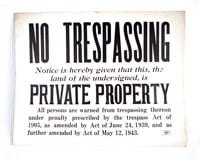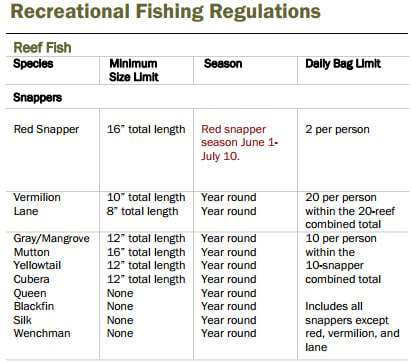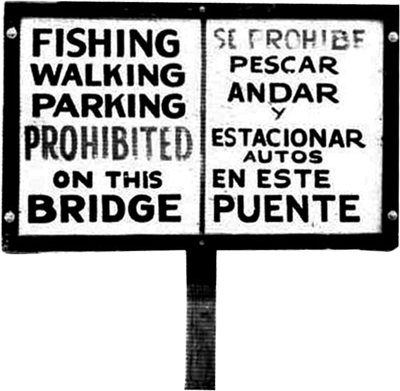In an interesting twist, since wildlife is a favorite tourist and vacationer sight, many resorts and private clubs present their own “No Fishing” signs to maintain an aquatic look. Since these hotspots are typically frequented by different nationalities, it helps to post bilingual or multilingual signs.
These bi-lingual signs communicate with both English and Spanish speaking patrons.


